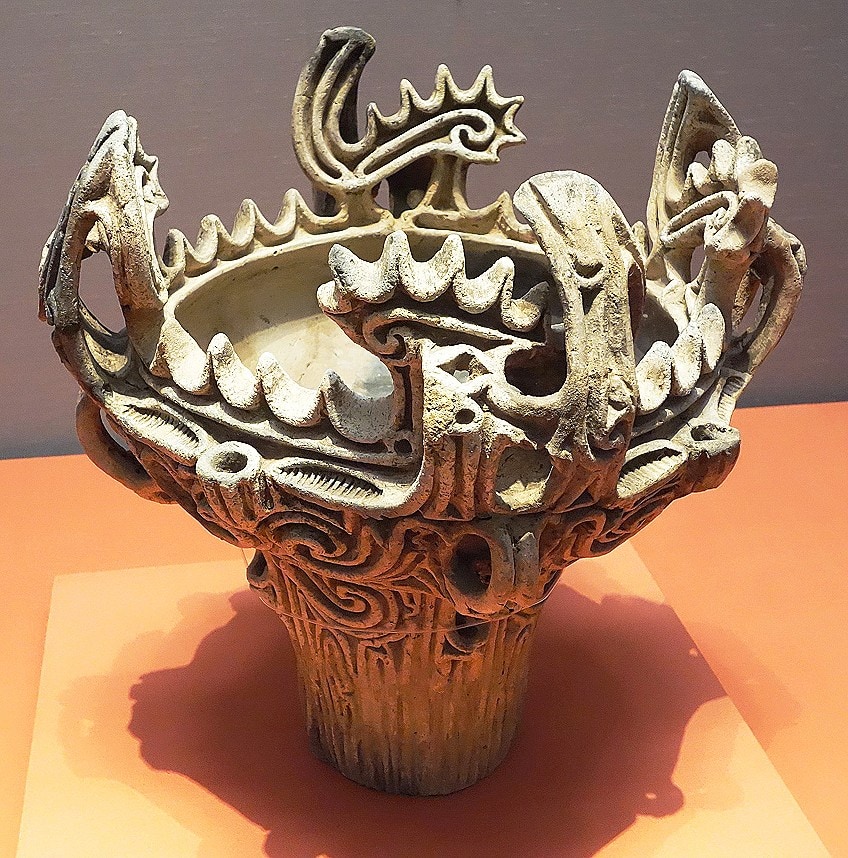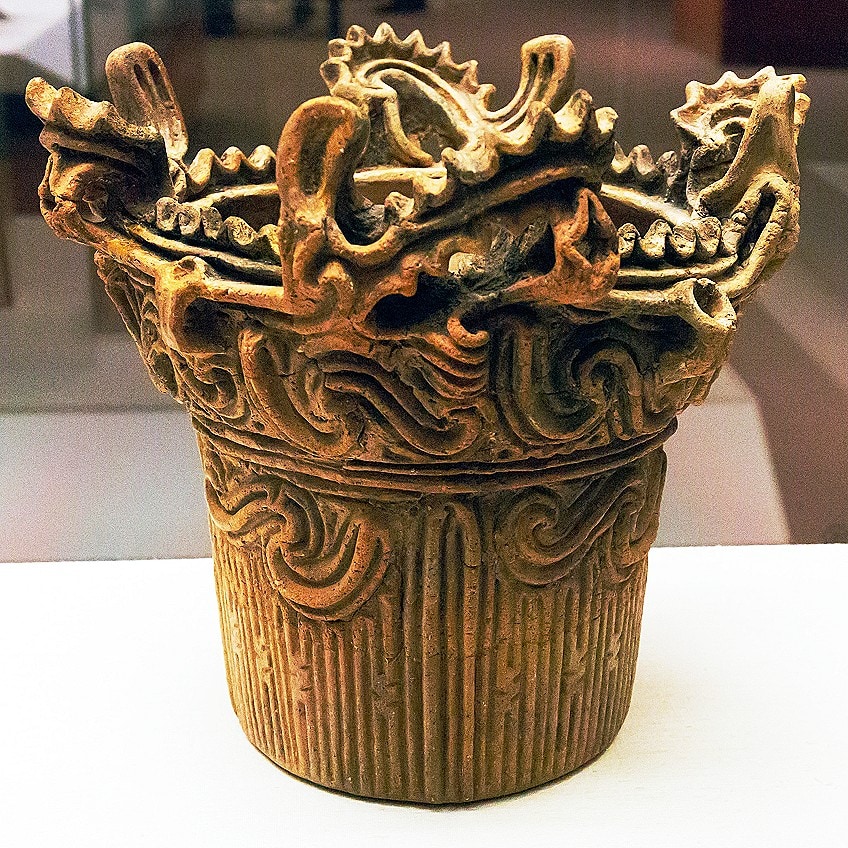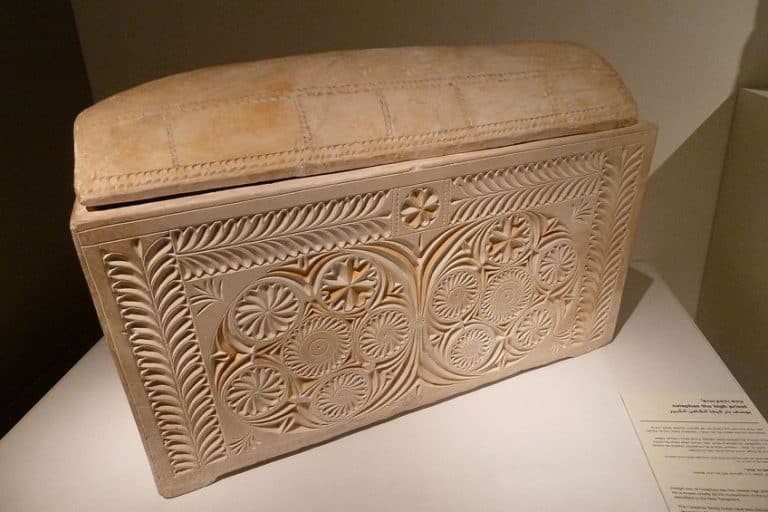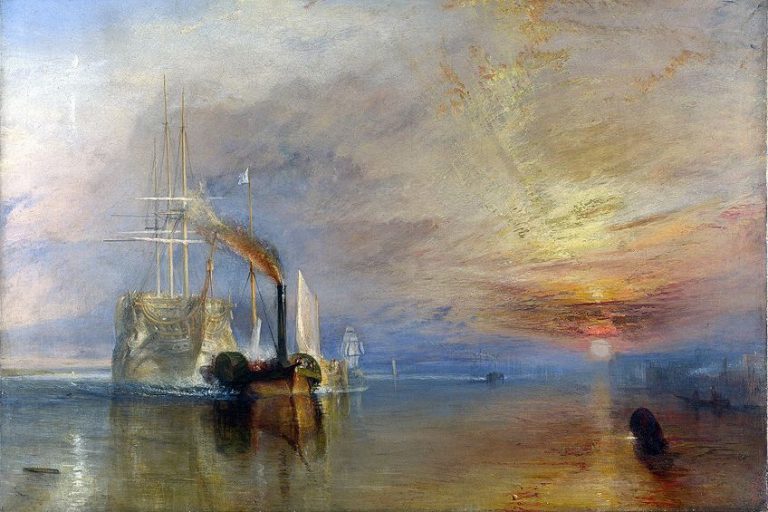Jomon Pottery – Discover This Style of Ancient Japanese Pottery
Japanese Jomon pottery is a kind of ancient Japanese pottery that was prominent in the region during the Jomon era. These Japanese pottery types are considered the oldest in the country. These specific types of Japanese vases get their name from the pattern created on the surface by using a rope.
Table of Contents
Japanese Jomon Pottery
The oldest ancient Japanese pottery is now found in Aomori Prefecture at a site known as Yamamoto Prefecture. Archaeological digs in 1998 unearthed 46 ceramic shards that date back as early as 14,500 BCE, placing them among not only the oldest Japanese pottery types but among the oldest pottery ever discovered.
These seem to be basic, unadorned types of Japanese vases. A date like this places the emergence of pottery before the end-of-Pleistocene warming.
History of Japanese Jomon Pottery
The name “Jomon” in prehistoric art relates to the ancient Japanese pottery manufactured by the region’s earliest Stone Age society between 14,500 and 1000 BCE. The American biologist Edward S. Morse, who uncovered the earliest known specimens of these ancient Japanese pottery types from the Omori shell-mound near Tokyo, gave it the name Jomon pottery. Morse gave the recovered pieces the name “Jomon” because they all had knotted cord markings on their outer surfaces.
In reality, the term “Jomon” is currently used to cover the whole prehistoric civilization of Japanese artwork, which emerged in the Paleolithic period and extended through the Neolithic period before concluding around 300 BCE, near the conclusion of the Iron Age.
During this time, Japan advanced from a secure but basic hunter-gatherer civilization to an established, more sophisticated culture centered on rice farming, some livestock farming, and extensive fishing. It is uncertain why and how Jomon pottery started. Chinese earthenware was the first form of ceramics in East Asia, according to modern testing of Xianrendong (c.18,000 BCE) and Yuchanyan ancient Japanese pottery (16,000 BCE).

The date of the Amur River Pottery also indicates that Chinese knowledge had expanded into the Siberian frontiers by 14,300 BCE at the latest. So it is very probable that these types of Japanese vases, the oldest recorded specimen of which dates from 14,540 BCE in the Tohoku area of northern Japan, were modeled on Chinese methods and customs. Additionally, as migrants from the Asian continent introduced full-time wet-rice production, most likely about 4,000 BCE, ceramic containers became even more helpful for cooking rice and preservation.
Jomon pottery shards have been collected from ancient sites throughout Japan, although they are more abundant in the country’s east, where the Jomon civilization thrived the greatest. Jomon pottery was once thought to be indicative of the Neolithic period in Japan, which lasted from 10,000 to 1,000 BCE.
Japanese Jomon Pottery Eras
However, when older and older pieces of ancient Japanese pottery were discovered, it became clear that Jomon ceramics originated far earlier – during the Paleolithic period. (However, when the style first appeared is debatable.)
Japan’s first clay-fired pots are from the Jomon pottery civilization, whose roots are becoming clearer as archeologists unearth earlier and earlier pots. These seven eras can be used to categorize these types of Japanese vases.
14500 – 8000 BCE (Incipient Jomon Pottery)
This period reflects the shift from Paleolithic hunter-gathering to the more established Neolithic lifestyle of fishing, primitive agriculture, and livestock farming. Historical evidence suggests that large heating pots with pointy bases and early ornamental rope markings were made. They were typically bag-shaped and burned at low heat.
Certain pots were given conical forms for burying in the dirt, while others were given fingernail designs.

Recently, pot shards with bean-impression design were discovered in the Mikoshiba-Chojukado sites in southern Japan. The overall scarcity of Paleolithic vases discovered in the country has been taken as proof that, while pottery-making was recognized by hunter-gatherers, it was not very beneficial to their roaming existence.
8000 – 5000 BCE (Initial Jomon Pottery)
Sea levels had increased by this time, separating the Japanese islands of Kyushu and Shikoku from Honshu, the main island. The warmer temperature also increased food supplies, which came from fishing, hunting, and harvesting vegetables, fruits, and nuts.
The initial Jomon pots grow in size, signifying a more stable existence. The decoration grows increasingly detailed and sophisticated over time.

5000 – 2500 BCE (Early Jomon)
During this period, rice farming began in Japan, resulting in an increase in the need for ceramic cooking pots. Commonalities in ceramic types created in Japan, Kyushu, and the Korean mainland imply that regular trade occurred between the two nations.
Initial Jomon ware’s circular or pointed bases were replaced with flat-bottomed vessels. The age is also distinguished by a wider range of ceramic shapes.

2500 – 1500 BCE (Middle Jomon)
This is the apex of the Jomon civilization, with a larger populace and less physical activity. As settlements grew in size, so did the market for clay containers of various shapes and sizes. Demand also increased for ceremonial ceramics like masks, female figures, and phallic representations, which are viewed as fertility symbols.
For the first time, clay sculptures were known as dogu emerge. They were widespread across Japan, but notably abundant in the Tohoku area in the country’s north.

1500 – 1000 BCE (Late Jomon)
As the climate began to drop, people began to migrate away from the highlands and toward the sea, notably along Honshu’s eastern coast. Increased reliance on fish and other foods prompted advancements in fishing techniques. Agriculture grew increasingly common towards the end of the era.
Late Jomon pottery is distinguished by a rise in the number and variety of skillfully crafted ritualistic and ceremonial pieces, as well as the advent of shallow bowls. Dogu figurines proliferated, with many featuring characteristic Jomon rope-cord designs, while others were sculpted with arabesque-like patterns.

1000 – 100 BCE (Final Jomon)
Food grew scarcer as the temperature continued to chill, and the population fell dramatically. Final Jomon forms were significantly inspired by Mumun pottery and Korean artwork, a more severe and undecorated type of pottery introduced to southern Japan by the Yayoi tribe who migrated from Korea.
The following Yayoi period saw a significant social change, but a Neo-Jomon culture persisted, particularly in Hokkaido, where Jomon-style pottery was created long into historic times.

100 BCE – 500 CE (Epi-Jomon)
Epi-Jomon ceramics, also referred to as Neo-Jomon ceramics, lived side by side with Yayoi pottery ware and two newer forms depicting the Okhotsk and Satsumon civilizations. Yet, Jomon vessels were being manufactured in Hokkaido long into the nineteenth century.

Characteristics of Ancient Japanese Pottery
All these types of Japanese vases were created by hand, without the use of the potting wheel, which was not invented until around 4,000 BCE. As a result, the artist constructed the vessel from the base with coil after coil of soft clay combined with a variety of sticky substances such as lead, mica, and broken shells. The interior and exterior surfaces of the vessel were polished once it had been fully built. When totally dry, it was burnt in an outside fire at a heat no higher than 600 degrees Celsius. As firing processes evolved, pots could be baked at temperatures as high as 900 degrees Celsius.
Shapes and designs also evolved dramatically throughout this time period.

The oldest Incipient Jomon jars are coarsely pasted, bag-shaped, and burned at a low temperature. The first Jomon pots were primarily circular with pointed bottoms and were likewise low-fired. Early Jomon is distinguished by flat-bottomed vessels and cylindrical shapes (in northeastern Japan), which are evocative of styles seen on the Chinese mainland.
In the Middle Jomon period, a wider range of containers develop and are burnt at considerably higher temperatures in kilns.
Decorative methods have advanced significantly. By the Late Jomon era, new styles of pottery for various ceremonial reasons, as well as humanoid dogu figurines and masks with goggle eyes, had been invented.
Types of Japanese Vases
The deep bowl is the most prevalent kind of Jomon pottery. The deep bowl, which appeared at the start of the Jomon civilization, remained the most prominent style of the vessel throughout the duration of the period. The bulk of deep vessels which emerged in the Incipient Jomon period, according to scholars, had rounded bases, however, some may have had a distinctive form with a square opening and flattened base.
Throughout the Initial Jomon era, rounder and pointy bases dominated, but flatter bases became the average throughout and also after the Early Jomon.
Shallow bowls initially developed around the end of the Early Jomon era. Shallow bowls may be seen in early Jomon Moroiso-style ceramic assemblages from the Kanto and Chubu areas, for example. Because a high quantity of shallow pitchers was found in grave pits, researchers assume they were either utilized in the funeral service or made expressly for grave goods.

The introduction of Early Jomon shallow vessels did not immediately result in a variety of vessel types. Even though the Middle Jomon era is remembered for its profusion of ornately designed pots, such as the “fire-flame” clay pots of the Hokuriku area, deep bowls proved popular throughout the time. Nonetheless, during the Middle Jomon, a variety of new kinds of pottery, such as the “lamp” shape, appeared for the first time. A diversification occurred throughout the Late and Final Jomon eras, with a multitude of various vessel types appearing in Jomon ceramic assemblages during these times.
Simultaneously, there was an upsurge of shallow bowls as opposed to deep bowls. Furthermore, throughout the Late and Final Jomon eras, there was an upsurge in the production of jars and containers with spouts. Late and Final Jomon earthenware is distinguished by the existence of coarsely crafted vessels.
Although certain Early and Middle Jomon assemblages have less ornamented pots (typical vessels with merely cord markings), only the Late and Final Jomon eras exhibit a significant distinction between roughly and skillfully produced pots. Nonetheless, during these two periods, coarsely produced pots constituted 40-70 percent of ceramic production in Eastern Japan.
In this article, we have learned about the fascinating history of Japanese Jomon Pottery. Jomon pottery, in the shape of basic containers, was originally manufactured in Nagano circa 13,000 BCE, making this the earth’s earliest such specimens. Odai-Yamamoto in Aomori was yet another initial development location. The earliest known specimen of a Jomon clay figurine is the Jomon Venus, which dates to around 5000 BCE. There were two kinds of ceramics manufactured: dark gray pottery with angular edges, curving line design, and handles made to mimic animal heads and reddish pottery with little ornamentation or a few undulating or irregular lines.
Frequently Asked Questions
Who Created Ancient Japanese Pottery?
These ancient ceramics potters were most likely semi-specialists who only dedicated a portion of their time to pottery production. Because no kilns have been discovered from this time period, it is assumed that vessels were fired over open flames. There is proof of local ceramic exchange across groups, but because the vessels are so similar, the transfer was most likely of the commodities held within the containers themselves. Radiometric dating studies show that pottery fragments were recovered in a cave as far as 12,700 BCE. Many people believe that Jomon pottery was manufactured much earlier than this date. However, because of uncertainty and many sources asserting specific dates based on various dating procedures, it is difficult to establish for certain how long Jomon pottery has been produced. According to some reports, archaeological finds date back to the 14th millennium BCE.
How Were Various Types of Japanese Vases Decorated?
Many vessels are simple, but around half contain designs of some type, most often lines and waves produced by impressing a string onto wet clay before the fire, thus the term Jomon or rope design for the ceramics and time frame of this era of Japanese culture. Scholars distinguish between Chinsen-mon in the east of Japan, where seashells were used to perforate the clay, and Oshigata-mon in the western area, where imprints were formed with a dowel. Toward the conclusion of the era, decoration is reduced and, in some areas, vanishes entirely.
Isabella studied at the University of Cape Town in South Africa and graduated with a Bachelor of Arts majoring in English Literature & Language and Psychology. Throughout her undergraduate years, she took Art History as an additional subject and absolutely loved it. Building on from her art history knowledge that began in high school, art has always been a particular area of fascination for her. From learning about artworks previously unknown to her, or sharpening her existing understanding of specific works, the ability to continue learning within this interesting sphere excites her greatly.
Her focal points of interest in art history encompass profiling specific artists and art movements, as it is these areas where she is able to really dig deep into the rich narrative of the art world. Additionally, she particularly enjoys exploring the different artistic styles of the 20th century, as well as the important impact that female artists have had on the development of art history.
Learn more about Isabella Meyer and the Art in Context Team.
Cite this Article
Isabella, Meyer, “Jomon Pottery – Discover This Style of Ancient Japanese Pottery.” Art in Context. April 13, 2022. URL: https://artincontext.org/jomon-pottery/
Meyer, I. (2022, 13 April). Jomon Pottery – Discover This Style of Ancient Japanese Pottery. Art in Context. https://artincontext.org/jomon-pottery/
Meyer, Isabella. “Jomon Pottery – Discover This Style of Ancient Japanese Pottery.” Art in Context, April 13, 2022. https://artincontext.org/jomon-pottery/.











